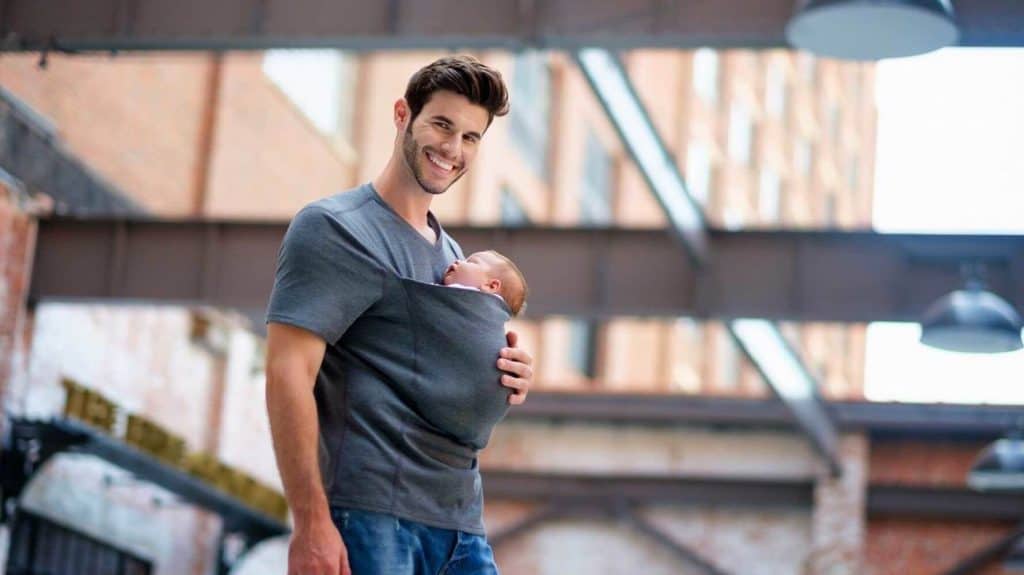One of the essential items for parents with infants is a baby sling. These versatile and comfortable carriers can make your life easier while ensuring your little one’s safety and comfort. In this comprehensive guide, we’ll explore the proper usage techniques for baby slings, including getting the right fit, various carry positions, choosing the right fabric, and monitoring movement and circulation. Let’s dive in.
Getting the Right Fit
The first step in ensuring both you and your baby enjoy the benefits of a baby sling is getting the right fit. Remember, a poorly fitted sling can lead to discomfort for both you and your infant. Start by adjusting the sling’s straps to match your body size. The baby sling should be snug enough to hold your baby securely, but not so tight that it causes discomfort. A well-fitted sling evenly distributes the baby’s weight, reducing strain on your back and shoulders.
Front Carry Positions
Front carry positions are one of the most popular ways to use a baby sling. They allow you to keep your baby close to your chest, providing them with a sense of security while allowing you to go about your daily activities. There are various front carry positions, such as the cradle hold and the tummy-to-tummy hold. Experiment with these positions to find the one that is most comfortable for you and your baby.
Hip Carry Positions
As your baby grows and becomes more curious about the world around them, hip carry positions can be a great option. This position allows your baby to have a better view of their surroundings while still maintaining a close connection with you. Ensure that the baby sling is properly tightened to prevent any discomfort or strain when using the hip carry position.
Back Carries
Back carries are another fantastic way to use a baby sling, especially as your baby becomes more independent and wants to explore. This position provides them with an excellent vantage point to observe the world. However, it’s essential to practice back carries with caution and ensure that your baby is secured properly. Always follow the manufacturer’s guidelines for back carries to guarantee your baby’s safety.
Fabric and Features
The choice of fabric for your baby sling can significantly impact both comfort and security. Opt for breathable and soft materials that won’t irritate your baby’s delicate skin. Cotton and linen blends are popular choices. Additionally, consider the features of the sling, such as adjustable straps and padding. These features can enhance comfort and allow for a more customized fit.
Monitoring Movement and Circulation
While using a baby sling, it’s crucial to monitor your baby’s movement and circulation. Ensure that your baby’s face is visible and not pressed against your body or the fabric. Check that their airways are clear, and they can breathe comfortably. Furthermore, regularly adjust the sling to prevent your baby from getting too snug, which can affect circulation.
In conclusion, baby slings are a fantastic tool for parents looking to keep their infants close while maintaining their own mobility and comfort. By following the proper usage techniques outlined in this guide, including getting the right fit, exploring various carry positions, choosing the right fabric, and monitoring movement and circulation, you can ensure both you and your baby enjoy a safe and comfortable experience. So, embrace the convenience of a baby carrier wrap or sling and create cherished moments with your little one.
